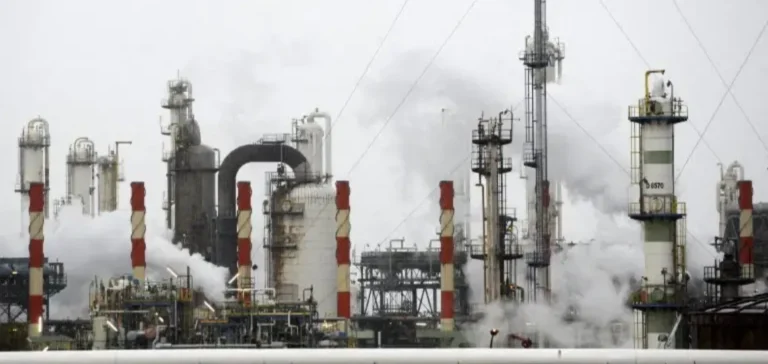France’s greenhouse gas emissions are expected to decrease by only 0.8% in 2025, according to the latest projections from the Centre interprofessionnel technique d’études de la pollution atmosphérique (Citepa). This estimate, unchanged since June, remains far below the annual target of -5% set under the National Low-Carbon Strategy (Stratégie nationale bas-carbone, SNBC), a cornerstone of the government’s climate policy.
A confirmed slowdown in reductions
The downward trend initiated after 2020 appears to be losing momentum. In 2022 and 2023, French emissions fell by 3.9% and 6.8% respectively. However, this momentum weakened in 2024, with a limited 1.8% decrease. Citepa, mandated by the authorities to monitor these indicators, considers the 2025 trend as confirmation of a structural slowdown.
According to Agnès Pannier-Runacher, Minister for the Ecological Transition in a caretaker government, the current results do not reflect the country’s full capabilities. She called not to “give up”, recalling that emissions had already fallen by more than 20% since 2017.
Transport and industry with modest declines
Gross emissions (excluding carbon sinks) are expected to reach 366 million tonnes of CO2 equivalent (MtCO2e) this year. The road transport sector, accounting for roughly one-third of national emissions, is expected to reduce its output by 1.0%. This figure exceeds the agricultural sector (-0.3%) but remains below the anticipated decline in industry and construction (-2.2%).
Residential and commercial buildings are projected to see a slight increase in emissions (+0.2%), while the waste treatment sector is expected to remain stable. Citepa notes a continued lack of data for maritime and air transport, limiting the overall assessment of sectoral changes.
End of the energy mix effect
Between 2022 and 2024, emissions reduction was supported by a significant drop in electricity production-related emissions, driven by a more favourable energy mix. This technical effect is reaching its limits this year, despite a “historically high” reliance on nuclear energy in the second half.
Emissions from the energy sector fell by 7% in 2023 and 4% in 2024. For 2025, projections have been revised downwards for road transport, particularly in the third quarter. The overall slowdown raises questions about the country’s ability to meet its international commitments and stay on course for medium-term reduction trajectories.






















